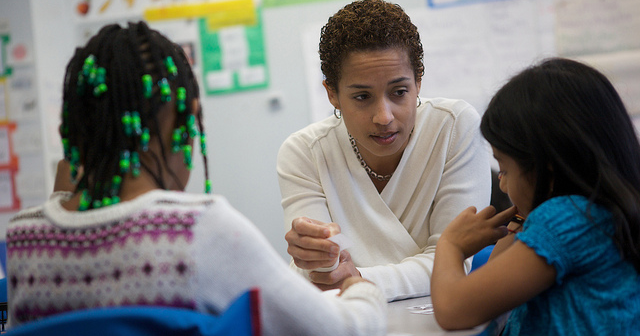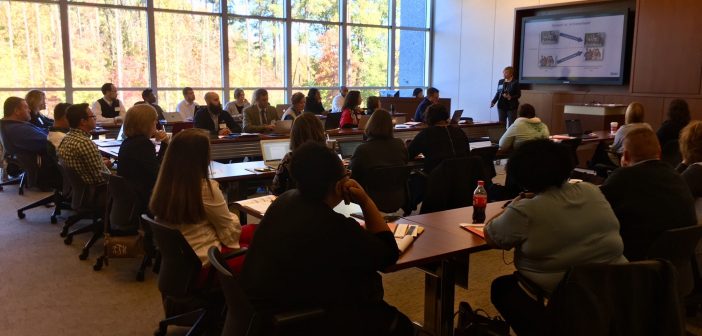
A conversation with my mentor has always stuck in my mind: Teaching is not about me, directly, it’s about serving my students. Teaching is about providing each of my students what they need to learn the material and to grow academically and as an individual. Teaching is about student learning.










